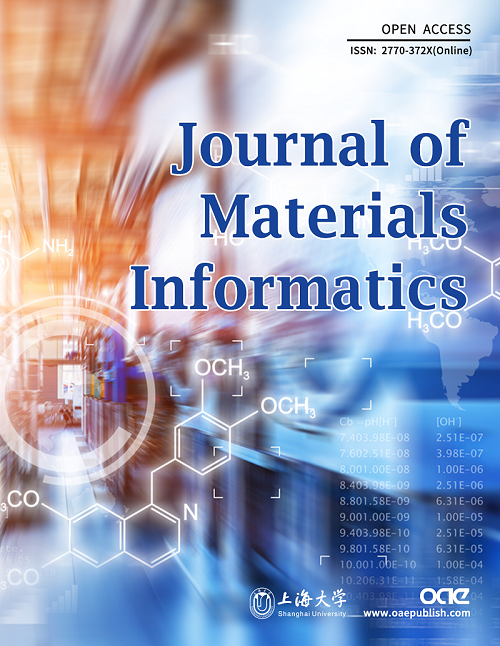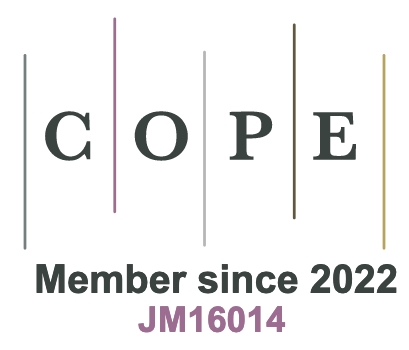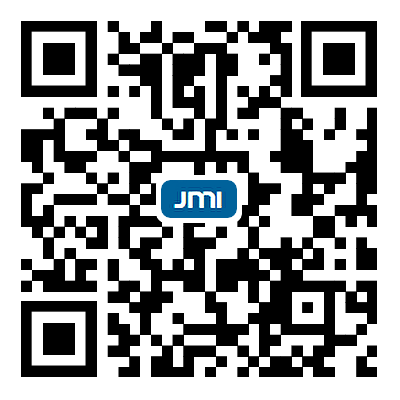New tool in the box
Searching for new materials with desired functions and properties for targeted applications is always a key challenge in the field of material science and engineering. Although various advanced materials have been discovered in the past centuries, nowadays the material R&D still depends primarily on the lengthy and painstaking trials inspired by scientific intuitions and experiences. This has increasingly become the bottleneck for the technological and social advancements.
The prominent “grand challenge” in materials science and engineering for the 21st century is to invert the current paradigm in discovery, development and deployment of new materials from the present (deductive) cause-and-effect approach to a much more powerful and responsive (inductive) goal-means approach. This shift could substantially reduce time and cost in materials development and deployments. The Materials Genome Initiative (MGI) was launched in 2011 in the USA and the related projects have been launched worldwide, seeking to activate a paradigm shift in how materials discovery, development and deployment could be accelerated, through a tighter integration of theory, experiment, computation, and artificial intelligence. Great achievements have been and will continue to be accomplished in MGI.
In contrast to the computation- and experiment-driven modes whose essence is either the deduction of known physical laws or factual judgment, the data-driven mode uses artificial intelligence (AI)-based methods such as machine learning to reveal the relationships embedded in data and to predict candidate materials, also known as materials informatics. Materials informatics aims to combine traditionally bioinformatics with computational methodologies for supporting more efficient research through identifying strategies for time and cost-effective analysis. Clearly, this “new tool in the box”, namely data + AI, will definitely revolutionize the existing routines of material research. It is also important to point out that the data-driven mode will in no wise replace the other two modes. Instead, it is a powerful extension and upgrade of conventional cognitive paradigms.
Data are the basic prerequisite for the full implementation of the materials informatics. With the progress of computing science and experimental techniques, an enormous quantity of material data is being generated around the world, but only a drop in the ocean is used in individual material analyses considering the diversity and complexity of material problems as well as data standardization and data sharing. Material scientists are longing for ways of solving material problems especially inverse problems through materials informatics, which stimulates the interdisciplinary collaborations between experts from materials science and computer science.
However, material data are not always big. In many materials areas, the quantity of data is quite limited because of costly and time-consuming experiments. How can machine learn small data and gain knowledge is a great challenge in materials informatics. This may require that the domain knowledge of material scientists plays more important roles in data mining (including developing new algorithms) conducted by computer scientists.
We expect that the joint effort of domain knowledge (materials science) and machine learning (computer science) will definitely speed up the materials R&D, as well as the progress of computer science in the near future. Although materials informatics is pretty much in its infancy and the full power of its synergy is still far from being fully realized, it has showcased game-changing potential, and a wealth of opportunities exist in this arena. The impact of their synergistic interaction is expected to evolve quickly in the near future through building on the rapid evolution of the broader machine learning ecosystem, thereby providing the opportunity for transformative advances to the discovery, design, and deployment of new materials.
We firmly believe that the new Journal of Materials Informatics, as a truly interdisciplinary publication, will contribute to the advancement of materials genome and informatics as a new tool in the box of materials R&D, and serve as the footstone for the future development of this interdisciplinary field.
DECLARATIONS
Authors’ contributionsThe author contributed solely to the article.
Availability of data and materialsNot applicable.
Financial support and sponsorshipNone.
Conflicts of interestThe author declared that there are no conflicts of interest.
Ethical approval and consent to participateNot applicable.
Consent for publicationNot applicable.
Copyright© The Author(s) 2021.
Cite This Article
How to Cite
Download Citation
Export Citation File:
Type of Import
Tips on Downloading Citation
Citation Manager File Format
Type of Import
Direct Import: When the Direct Import option is selected (the default state), a dialogue box will give you the option to Save or Open the downloaded citation data. Choosing Open will either launch your citation manager or give you a choice of applications with which to use the metadata. The Save option saves the file locally for later use.
Indirect Import: When the Indirect Import option is selected, the metadata is displayed and may be copied and pasted as needed.
















Comments
Comments must be written in English. Spam, offensive content, impersonation, and private information will not be permitted. If any comment is reported and identified as inappropriate content by OAE staff, the comment will be removed without notice. If you have any queries or need any help, please contact us at [email protected].